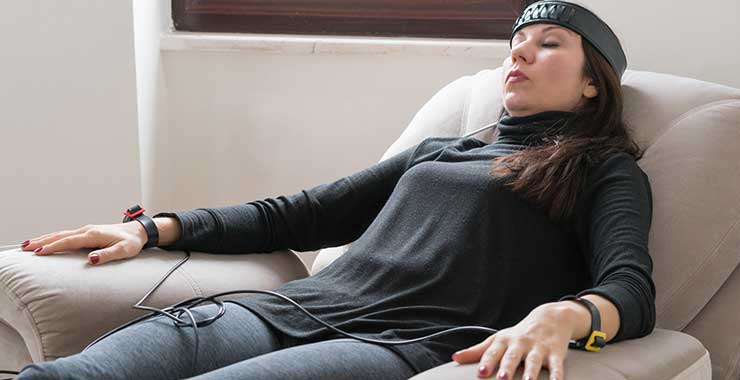Utilizing the Power of Biofeedback to Transform Persistent Pain Control and Improve Quality of Living
Utilizing the Power of Biofeedback to Transform Persistent Pain Control and Improve Quality of Living
Blog Article
Chronic discomfort is a condition that affects millions of people around the globe. It can be triggered by various factors, including injuries, illnesses, or even stress. For many patients, managing chronic pain can be a daily struggle that impacts their quality of life. Conventional treatments often consist of medications, physiotherapeutic therapy, and occasionally surgery. However, these methods do not always provide the alleviation that patients desire. Recently, biofeedback has surfaced as a promising option for controlling chronic pain and improving overall health.
Biofeedback is a method that teaches patients how to control specific bodily functions by using indicators from their own physiology. This method involves employing sensors that monitor physiological responses such as heart rate, muscle tension, and skin temperature. By offering immediate feedback, patients can discover to recognize their body's reactions to pain and stress. This consciousness allows them to develop strategies to handle their pain more efficiently. For example, if a patient notices that their muscle tension rises when they are in pain, they can utilize relaxation techniques to help alleviate that tension.
One of the key benefits of biofeedback is that it empowers patients to take an active role in their pain control. Instead of relying solely on medications or treatments from medical providers, patients can gain to comprehend and control their own bodies. This sense of control can lead to increased confidence and a more positive outlook on life. Many patients report feeling more in charge of their pain and less like victims of their syndrome. This shift in perspective can substantially improve their standard of life.
Studies has shown that biofeedback can be effective in reducing chronic pain symptoms. Studies indicate that patients who employ biofeedback methods often experience less pain and better physical ability. Additionally, biofeedback can help lessen anxiety and stress, which are frequent concerns for those dealing with chronic pain. By tackling both the physical and psychological aspects of pain, biofeedback provides a comprehensive approach to pain control. This integrated method can lead to better outcomes for patients, allowing them to engage more completely in their routine activities.
In summary, biofeedback is a significant tool for revolutionizing chronic pain control. By educating patients to comprehend and regulate their physiological reactions, biofeedback enables patients to take charge of their pain. This approach not only helps reduce pain but also enhances overall standard of life. As more individuals look for options to conventional pain control methods, biofeedback emerges as a promising option. With straight from the source continued research and awareness, biofeedback could turn into an integral part of chronic pain therapy, helping patients lead healthier, more satisfying lives.